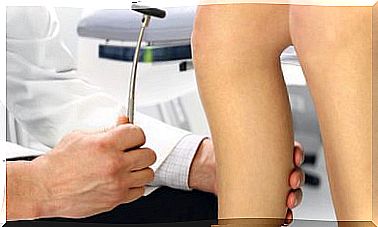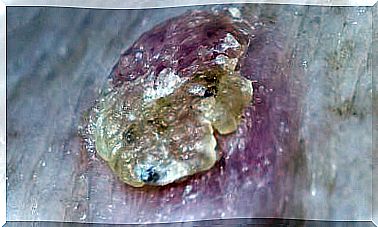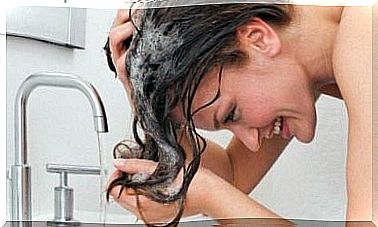Exercises To Help Correct Flat Feet
People with flat feet have no arch in the limbs or they are very imperceptible. Treatment is only needed if they cause discomfort or are part of another type of disorder. Exercises to correct flat feet are often enough.
The most common symptom is pain, due to the muscles and ligaments tightening from the lack of arch in the foot. Depending on the cause, various measures may be taken to correct flat feet.
What Causes Flat Foot?
There is often no obvious cause for flat feet. Sometimes they are hereditary. In rare cases, they may respond to limb bones not growing properly in the uterus.
There is also a link with stretching of tissues as a result of injury, aging, or being overweight. Similarly, conditions that affect muscles, nerves, or joints have an impact there.
Risk factor’s
Flat feet in adults can be due to various causes. Among them, the most common are an abnormality that is present from birth, stretched or torn tendons, bone fractures and dislocations, as well as some health conditions such as rheumatoid arthritis or spina bifida.
Also, another common cause of flat feet is inflammation of the posterior tibial tendon, leading to a condition called posterior tibial tendon dysfunction (DTTP). This structure connects the lower part of the leg, along the ankle, with the middle of the plantar arch.
Having flat feet can also be a hereditary issue. In addition, athletes or physically active people are at higher risk of having them because there is a greater chance of being injured.
The aging process is also a factor that can influence flat feet. This is because older people are prone to falls or physical injury. Other factors that can increase your risk include obesity, high blood pressure, diabetes, and pregnancy.
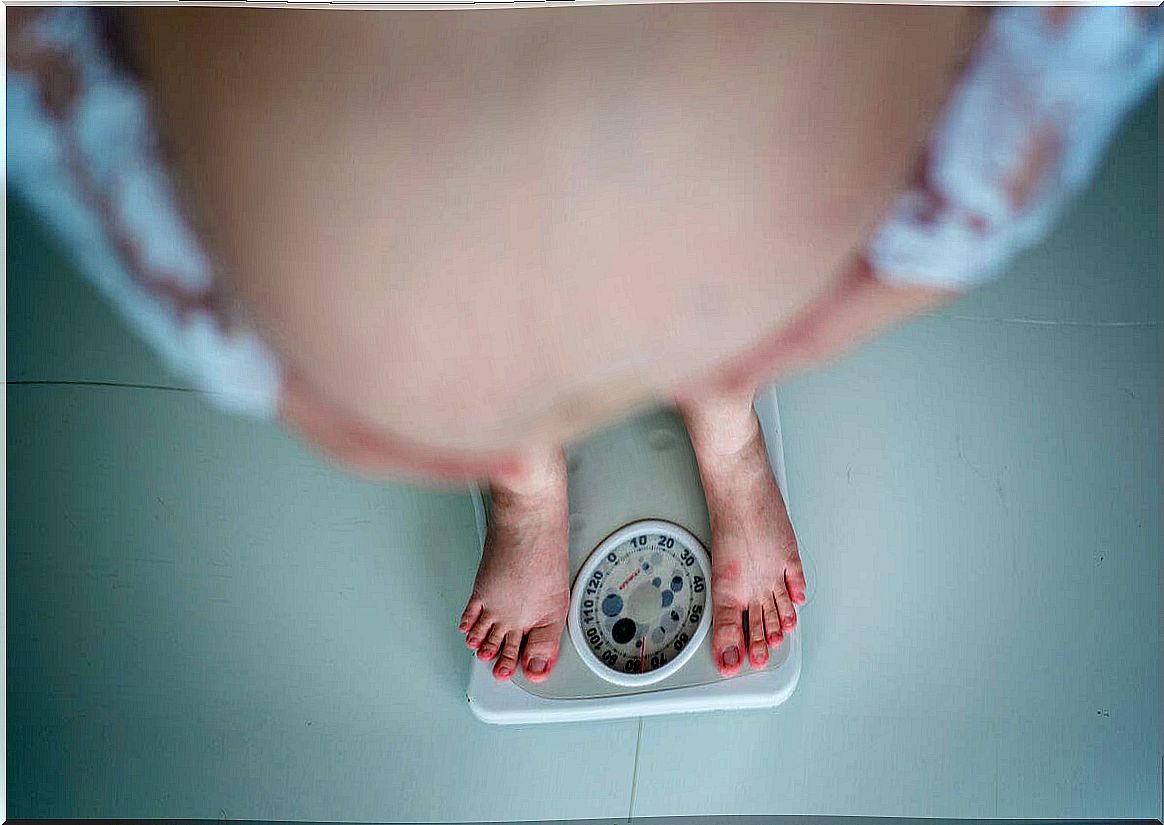
Recommended exercises to correct flat feet
Below we will describe some simple exercises to correct flat feet. However, before performing them you should consult a specialist. Keep in mind that all must be done without shoes.
Heel stretch
Stand up with one leg forward. You can lean on a wall or a chair. Pressing both heels against the floor flexes the knee in front of you, pushing against the chair or wall.
Hold the position for 20-30 seconds. You should feel the stretch in the back muscles of the back leg and the Achilles tendon. Repeat 3-4 times.
Squeezing a towel with your feet
Sit in a chair with a towel under your feet and flatten your heels on the floor, while flexing your toes to squeeze the towel. Hold this position for a few seconds and release. Do 2-3 sets of 10-15 reps on each foot.
Plantar Fascia Muscle Release with Tennis Ball
Sit in a chair with both feet flat on the floor. Place a tennis ball or similar under one of the feet and roll it under the plantar arch. Do this exercise for 2-3 minutes on each foot.
Elevation of fingers on the big toe
Stand upright, feet flat on the floor, hip-width apart. From this position lift your fingers, leaving the big toe supported.
Then, support these toes and lift only the fat ones. Repeat 5-10 times, holding the lift for at least 5 seconds. You can do this exercise with both limbs at the same time or one at a time.
Heel raise in scrunch
This exercise is done with a step or something that serves as a step. Standing in front of a chair, a railing, or the wall, place the ball of your foot on the step, on a towel.
Squeeze the towel with your toes and lower your heel toward the floor, below horizontal. To go up, use only the opposite leg, then transferring all the weight to the involved limb. Then it descends again.
Heel raise
Using the same step or step, place one foot completely on it and the other with the heel out. You can hold onto a railing, chair, or wall for balance.
The exercise consists of raising the heels and lowering again. The one in the back must go down past the step. Do 2-3 sets of 10-15 reps on each side.
Calf stretch
Standing on the step or step , with support, lower your heels until you feel a stretch in your calves. Hold the pose for 20-30 seconds. If both feet are too intense for you, do it one at a time.
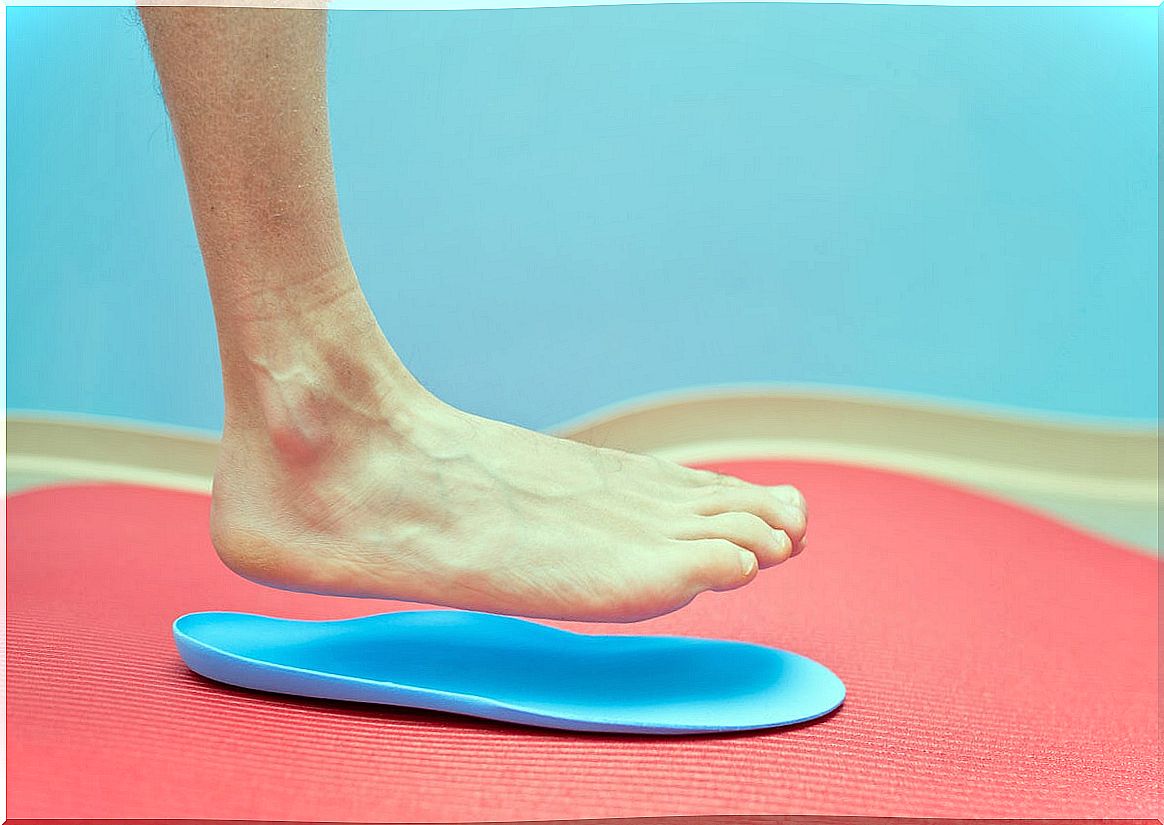
Other treatments available to correct flat feet
Correcting flat feet is not always possible with exercise alone. On many occasions it is necessary to use other approaches. One option that can be considered is arch supports with custom orthotics made by a podiatrist. These types of devices do not cure, but they help reduce symptoms.
Sometimes pain relievers also help reduce symptoms. But in the same way as orthotics, medications are not for correcting flat feet either, but only for relief.
There are cases in which, to correct flat feet, it is necessary to resort to surgery. Surgical procedures involve the repair of a stretched or torn tendon or the fusion of one or more bones in the foot or ankle. It may also be necessary to cut and reshape a bone or use a piece of tendon to lengthen or replace another.
Correct flat feet after consultation
Finding the causes of the disorder can help correct flat feet. In any case, it is always advisable to go to the doctor when a possible orthopedic problem is detected. If it is taken in time it is easier to avoid later discomfort and prevent its worsening.
